Trenching is an important aspect of excavation yet it is also dangerous. That’s why when you’re looking for an excavation service, you need the trained crew of 4 Warriors. They know how to implement trenching quickly, effectively, and safely. 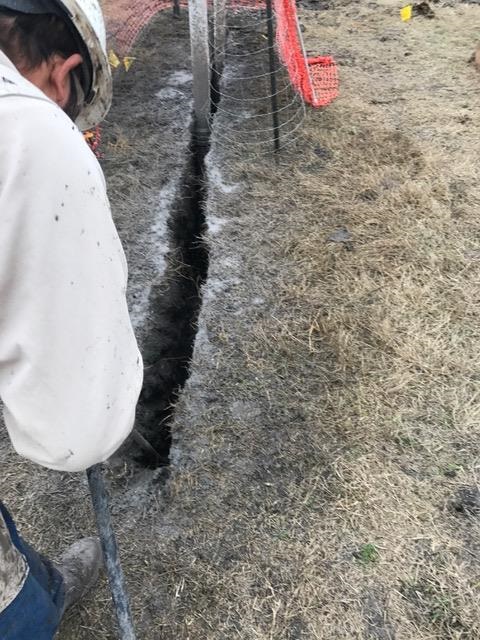
What Trenching Is and Why It’s Risky
First, let’s go over what exactly constitutes trenching. As stated by the Occupational Safety and Health Administration, trenching is removing large quantities of earth to form (often wide and deep) trenches in the ground. As you can imagine, it ends up being a big part of excavation in general.
What makes it so dangerous is the fact that trench-related accidents account for hundreds of construction injuries every year. It’s not difficult to see why, either. If a worker is in a trench when it collapses, they are at risk of serious injury or even death. These deaths are preventable and we take it as our Christian duty to do whatever it takes to guard our fellow man.
How 4 Warriors Gets It Right
We are sure to practice safety measures as outlined by OSHA, to ensure maximum safety for our workers and timely completion of the work. We do not operate in unsafe trenches and take proper steps to prevent accidents in the first place. When trenches deeper than five feet are built they are given a general protective system. For trenches below 20 feet, an engineer is required to build a custom safety system.
For optimal safety, take numerous other considerations into account, such as:
- Inspecting trenches daily and check for dangerous fumes before beginning work, as well as after rainfall and other disruptive weather
- Digging the trench wall at an angle and reinforcing it to reduce cave-ins
- Keeping work material at least two feet from the edge of the trench and heavy equipment even further away as necessary
These are merely some of the practices 4 Warriors Hydro Excavating’s highly experienced team uses to guarantee a safe and efficient job done. For assistance with your trenching needs, or anything else, feel free to contact us at any time. Thank you and God bless!

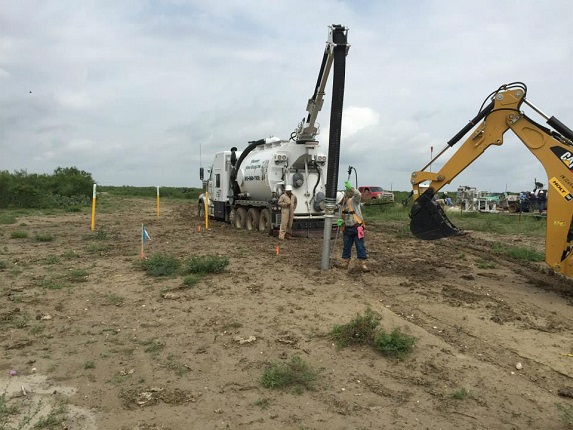
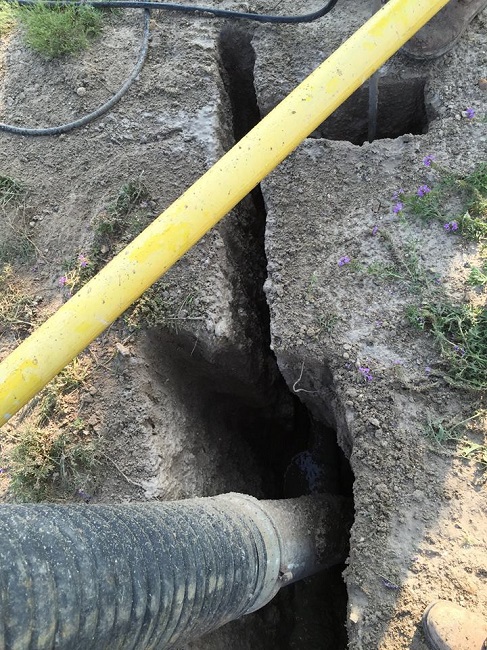
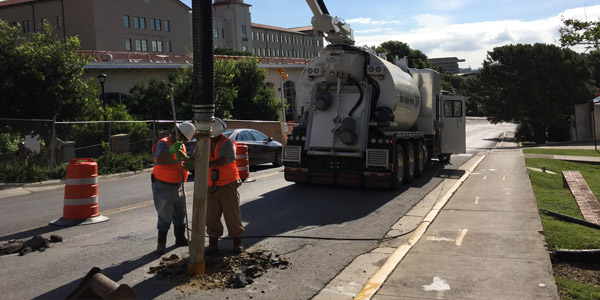
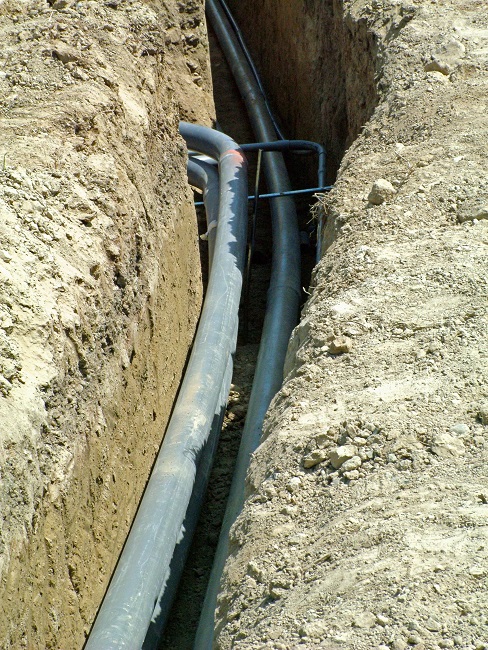
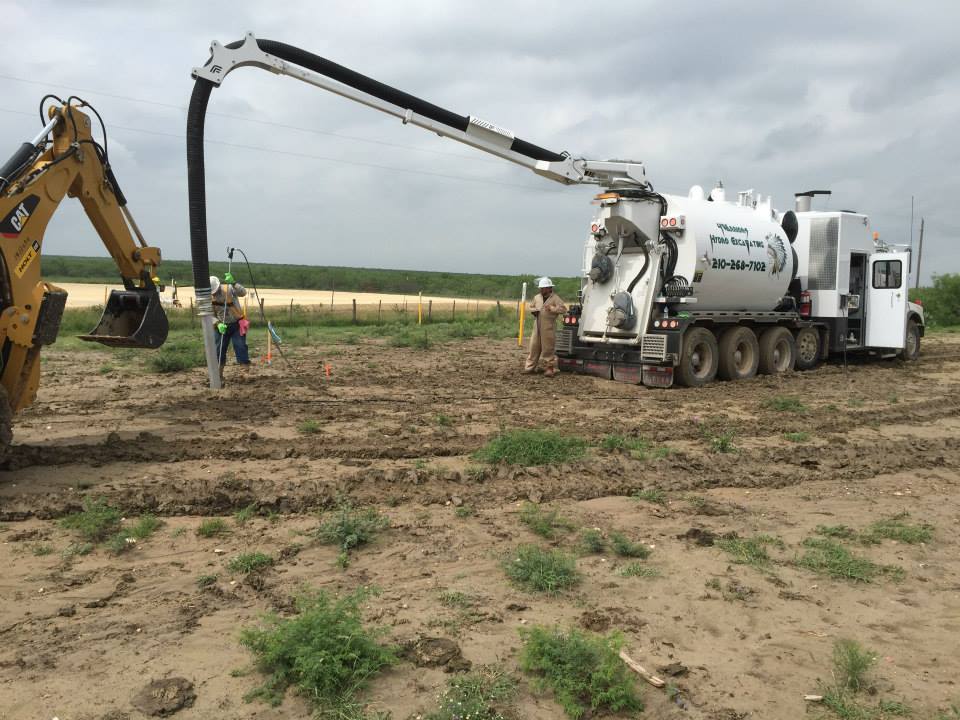
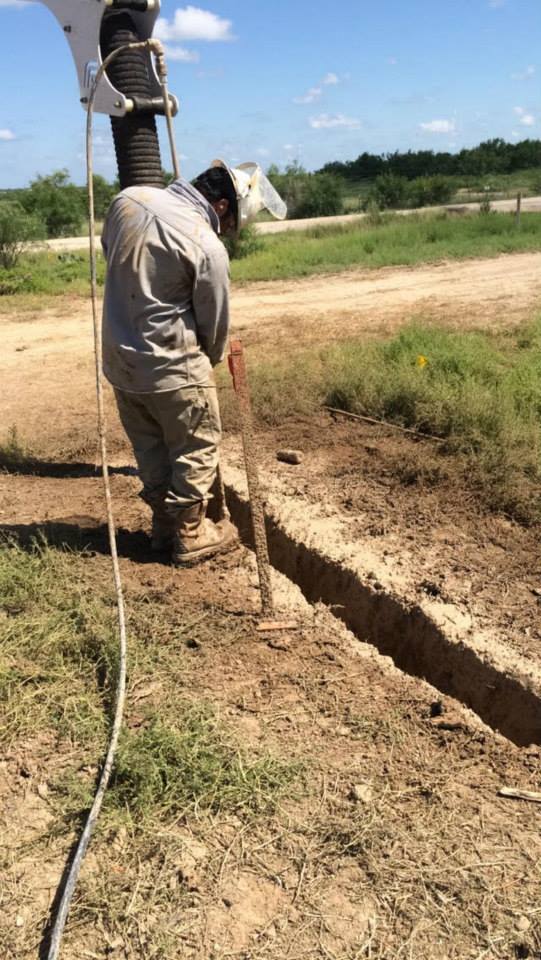 You may be tempted to ignore
You may be tempted to ignore  Technology is a good thing, better yet it is a great thing when it saves time, money and even lives.
Technology is a good thing, better yet it is a great thing when it saves time, money and even lives.